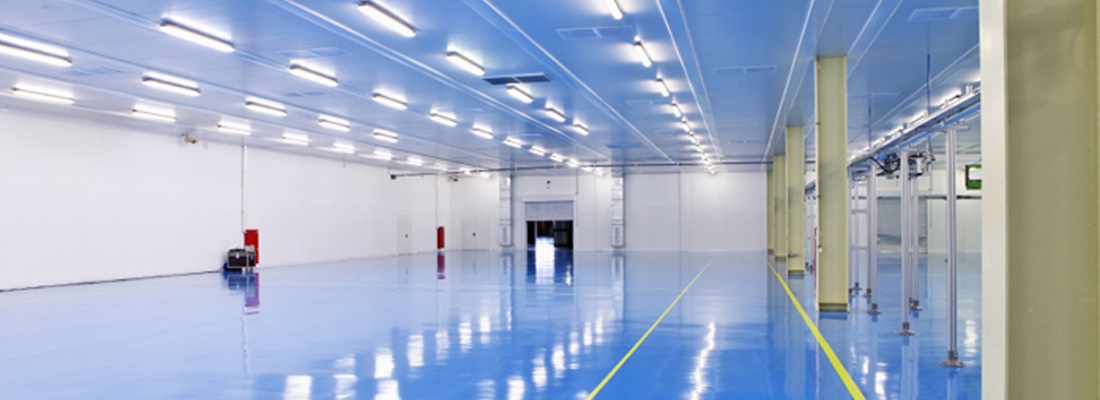Principles of a Lighting Retrofit
While manufacturers and lighting retrofit installers like Lane Valente can give you a detailed computer model on what your potential energy savings could be, it is also important to understand the basic principles of a lighting retrofit and what solution would be right for your business.
What is a lighting retrofit?
A lighting retrofit is the practice of replacing components in the system with counterparts that make it use energy more efficiently. A lighting upgrade is any strategy that reduces the system’s energy use. Energy savings are realized over time that can be significant enough to not only pay for the new equipment, but produce a return on the investment.
Understanding Energy Consumption
Utilities bill their customers in a variety of ways, including an energy use charge, demand charge, power factor charge, fuel adjustment charge and other charges. In this section, we will focus on reducing energy consumption.
Energy Consumption (kWh) = Input Watts (kW) x Time (hours operated in a given year)
To reduce energy consumption, therefore, we can either reduce the input wattage or reduce the hours of operation. Input wattage can be reduced by replacing lamps and ballasts with more-energy-efficient counterparts or outright removal of lamps and ballasts. The hours of operation can be reduced using sophisticated controls and other methods.
Example
Let’s look at two purely fictitious lighting systems, A and B. Lighting System A is the existing system and Lighting System B is a proposed retrofit system which simply includes more-energy-efficient lamps and ballasts. They produce comparable light output.
| Lighting System A | Lighting System B | |
| Input Watts/Fixture | 175 | 100 |
| Hours of Operation/Year | 3,000 | 3,000 |
| Energy Consumption/Year (Wh) | 525,000 Wh | 300,000 Wh |
| ÷1,000 to get kWh | 525 kWh | 300 kWh |
| Energy Savings/Year (kWh) | 225 kWh | |
| Utility Cost/kWh | $0.10 | $0.10 |
| Energy Savings/Year ($) | $22.50 | |
| Number of Fixtures Retrofitted | 100 | 100 |
| Total Energy Savings/Year ($) | $2,250.00 |
So we save $22.50 per year by replacing the lamps and ballasts in this fixture. For the 100 fixtures, we save $2,250 per year. Note that additional energy savings can be calculated from the air conditioning system, which now works less hard because less heat is produced by the lighting system.


